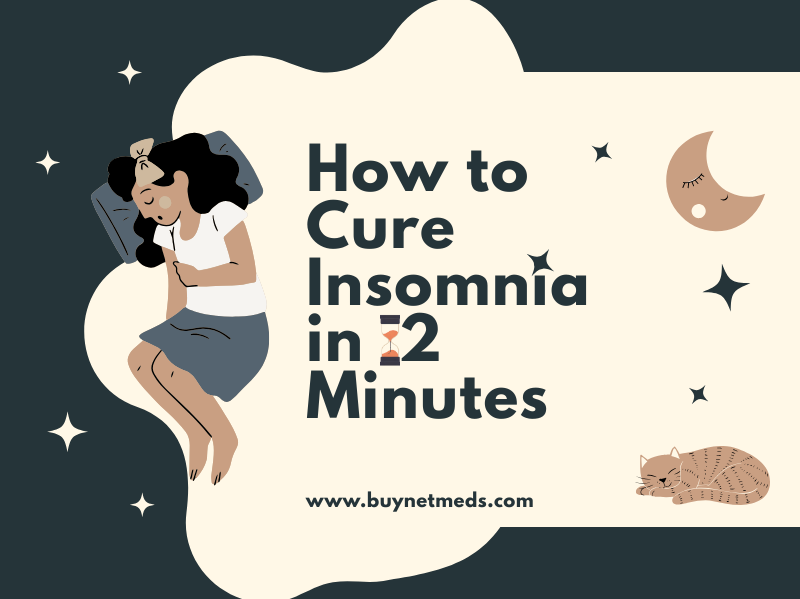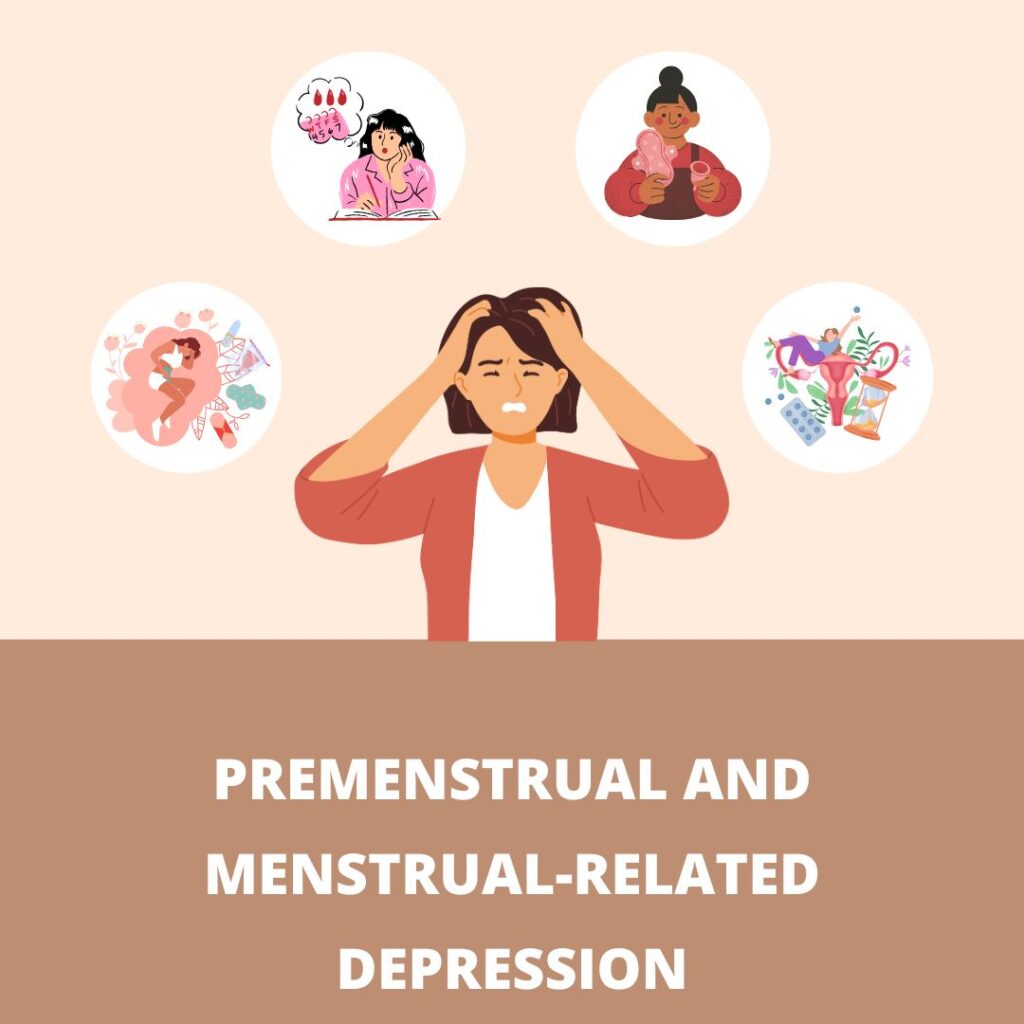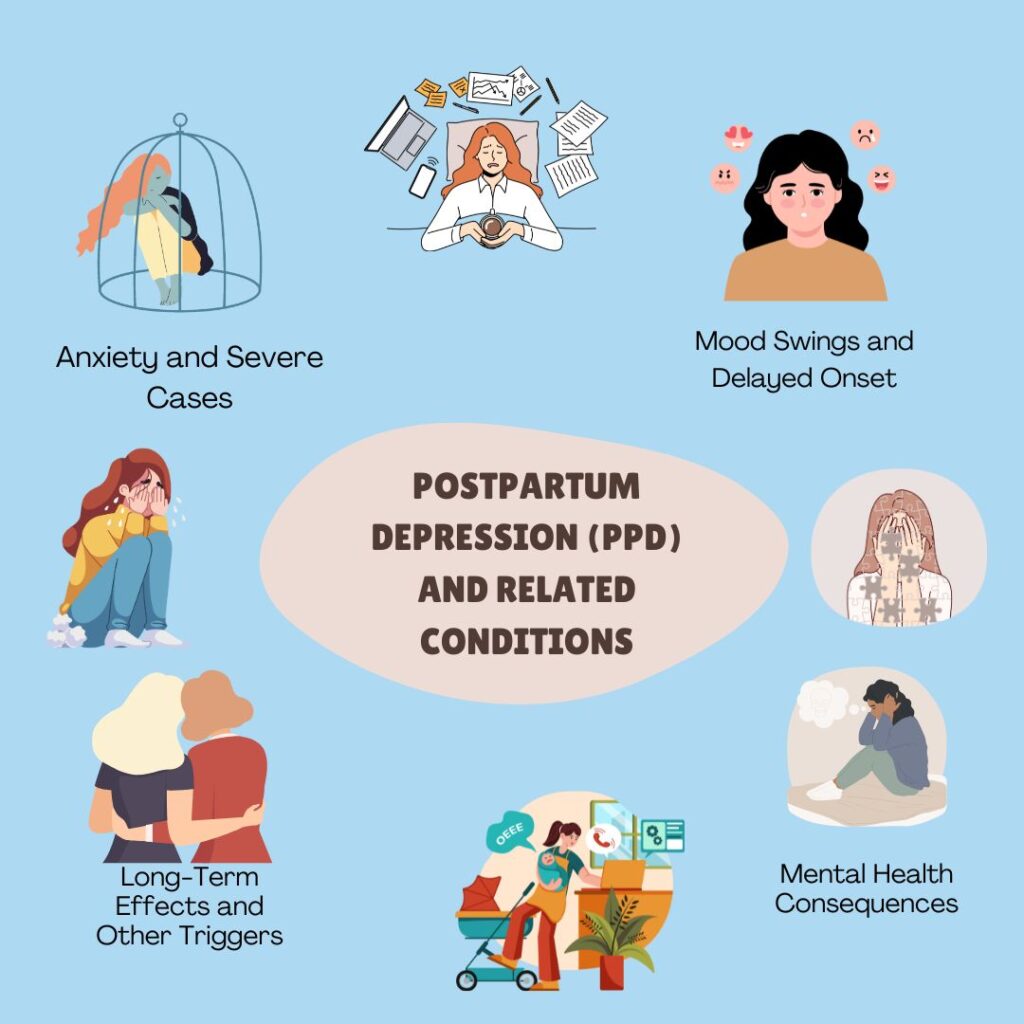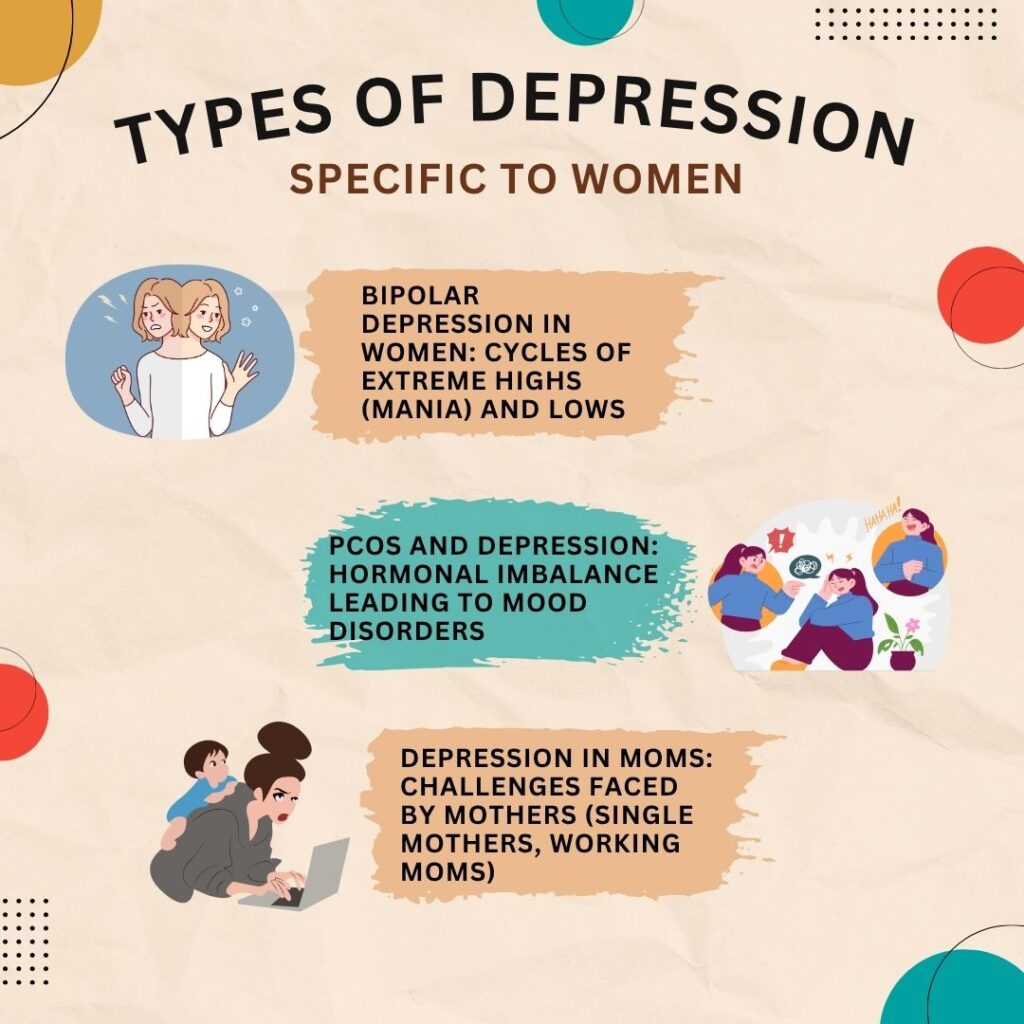Yoga for Insomnia and Anxiety: Natural Relief for a Restful Mind
Many individuals discover that these conditions hamper their daily activities. Yoga benefits the mind by helping it relax, lessening anxiety, and creating a feeling of relaxation. Getting into yoga can help you relax and get better rest at night. Yoga can stabilize a person’s psychological condition with medical care. You may notice a more peaceful mind and sleep well while practicing yoga.
Understanding Insomnia and Anxiety
A lack of sleep and excessive worrying tend to happen one after the other and worsen the problem. Having less sleep makes your emotions more challenging to handle, and the same stress hormones that fuel anxiety can block sleep. Stress, not sleeping right, or underlying mental health issues could cause these problems.
Yoga brings about this effect by stimulating our relaxation response. Paying attention to your breath and moving gently reduces anxiety, while helpful stretches soothe your muscles and improve how well you sleep. Regular yoga makes it easier to notice thoughts and quiet them before they grow overwhelming.
Better sleeping habits tend to help reduce anxiety, and improving your anxiety often enables you to sleep better. When you sleep better, you can expect to experience less anxiety, and managing anxiety might help you sleep better, too. Following a routine of yoga, therapy, and proper sleep hygiene gives lasting benefits.
Medical Treatments for Anxiety and Insomnia
A doctor may treat anxiety using talk therapy, certain medicines called SSRIs or benzodiazepines, or changes in lifestyle habits. Individuals having issues with their sleep may be given medicine, cautioned on new sleep routines, or taught relaxation tips. Get your medical questions answered by talking to a healthcare professional.
Medications for Anxiety
Psychiatrists usually suggest fluoxetine and sertraline as long-lasting treatments for anxiety. Managing serotonin in the brain can boost your mood and lessen your symptoms with continued use.
On the plus side, lorazepam and diazepam work fast to ease anxiety. Because it’s possible to get addicted, they’re usually not prescribed for long-term conditions.
SSRIs can be suitable for people with anxiety who want to avoid becoming very tired or addicted, because they do not lead to such problems.
Medications for Insomnia
Melatonin supplements copy the real hormone that helps the body control its sleep cycle. For this reason, mild insomnia is often treated with them. It’s easy to buy them over the counter in a pharmacy, and they are generally safe for quick use.
Expensive insomnia is sometimes treated with prescription drugs like zolpidem or eszopiclone. They encourage the brain to relax so you can sleep more easily. Yet, people shouldn’t take them for an extended period since they can become addicted and may experience dizziness or sleepiness during the day.
Such antihistamines stop a chemical in your body known as histamine, which promotes being awake. Although they can help occasionally, you might feel sluggish the following morning.
Risks & Considerations
If a person keeps using anxiety or insomnia medications such as benzodiazepines or SSRIs for some time, they could develop dependence, get used to the medicine’s effects, or feel negative withdrawal symptoms if they quit. They may lead to memory problems, tiredness, and problems when taken with other drugs. So, having your doctor oversee your care is essential so that they can help you manage the risks and modify your therapy as necessary.
Speak to your physician before you start any anxiety or insomnia treatment. The right healthcare provider can judge your situation, offer the proper treatment, and check for side effects or additional problems. By taking over-the-counter medicines alone, you might cause your symptoms to increase or get into a dangerous mix with other drugs you use.
Yoga as a Natural Treatment for Insomnia and Anxiety
People tend to experience lighter anxiety and more restful sleep after doing yoga as it relieves both their body and mind. With a steady daily routine, our stress drops, we sleep sounder, and feel happier. Yoga gives you peace in your body, even if you aren’t taking any medicines, just by breathing and doing light exercises.
Best Yoga Styles for Sleep & Anxiety
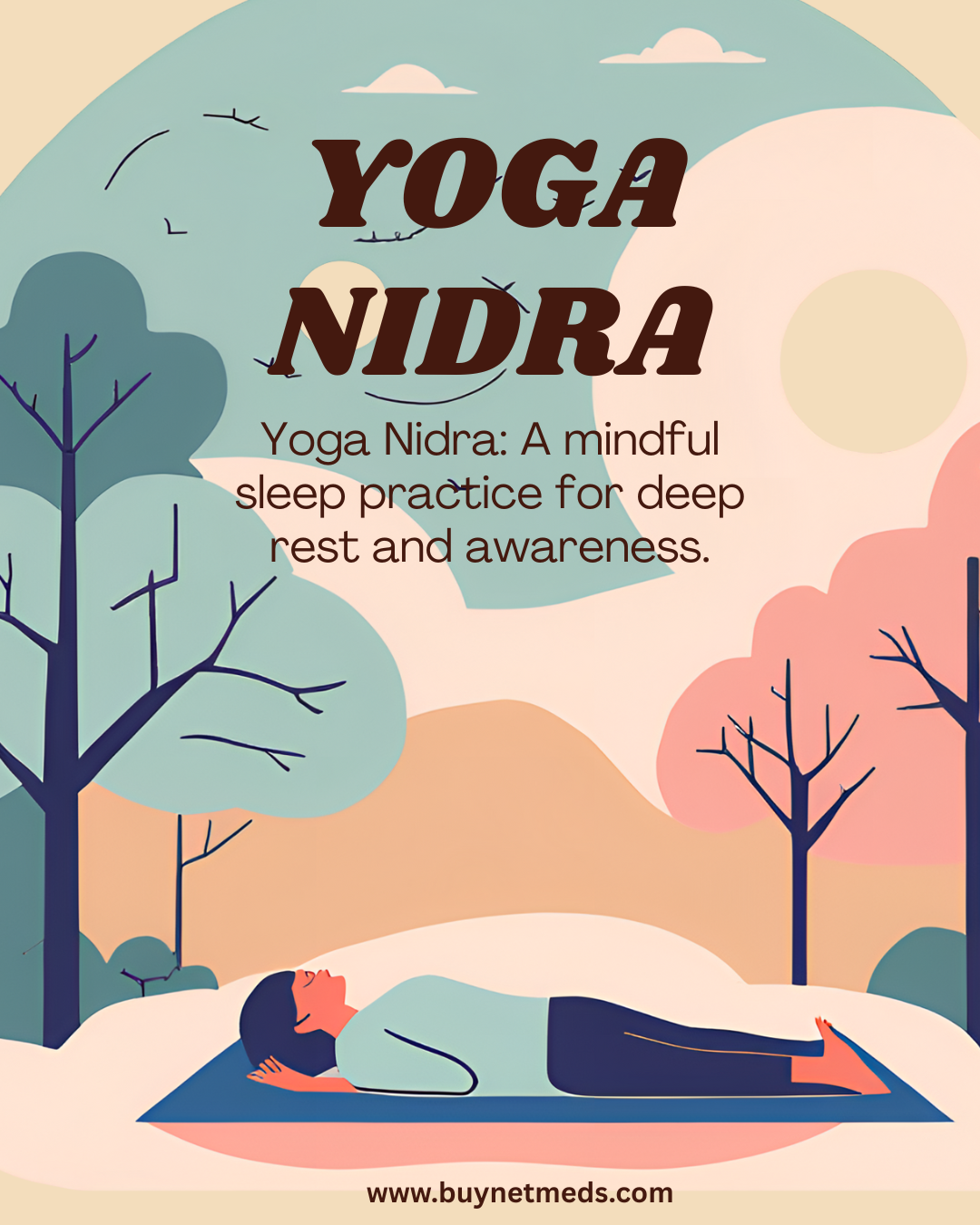
These gentle styles of yoga help you stretch out your body while offering you deep relaxation. They calm you down, lower your stress, and prepare you for sleep.
Through Yoga Nidra, also known as ‘yogic sleep‘, you move into a deep state of relaxation and hold your thoughts in place. Ally Boothroyd teaches sessions that benefit the mind and promote better sleep.
Basic nighttime yoga exercises help relieve stress hormones in your system. Moves such as legs-up-the-wall or child’s pose trigger your parasympathetic nervous system, making you fall asleep more quickly.
Effective Yoga Poses for Better Sleep
Yoga poses for anxiety and insomnia treatment.
Makes It Easier to Fall Asleep: Moving your legs against the wall or kneeling on the floor relaxes your body, thanks to the parasympathetic nervous system.
Supports Relaxation and Eases Tricks that Keep You Awake: A combination of long, slow inhalations and exhalations during Corpse Pose (Savasana) helps soothe the mind, making it easier to fall asleep.
Calms You and Promotes Sleep: The easy Reclining Butterfly yoga posture helps release tension in your lower back, relieves the muscles in your hips, and enables you to sleep better.
Yoga mudra for sleep and anxiety (e.g., Gyan Mudra, Shanmukhi Mudra)
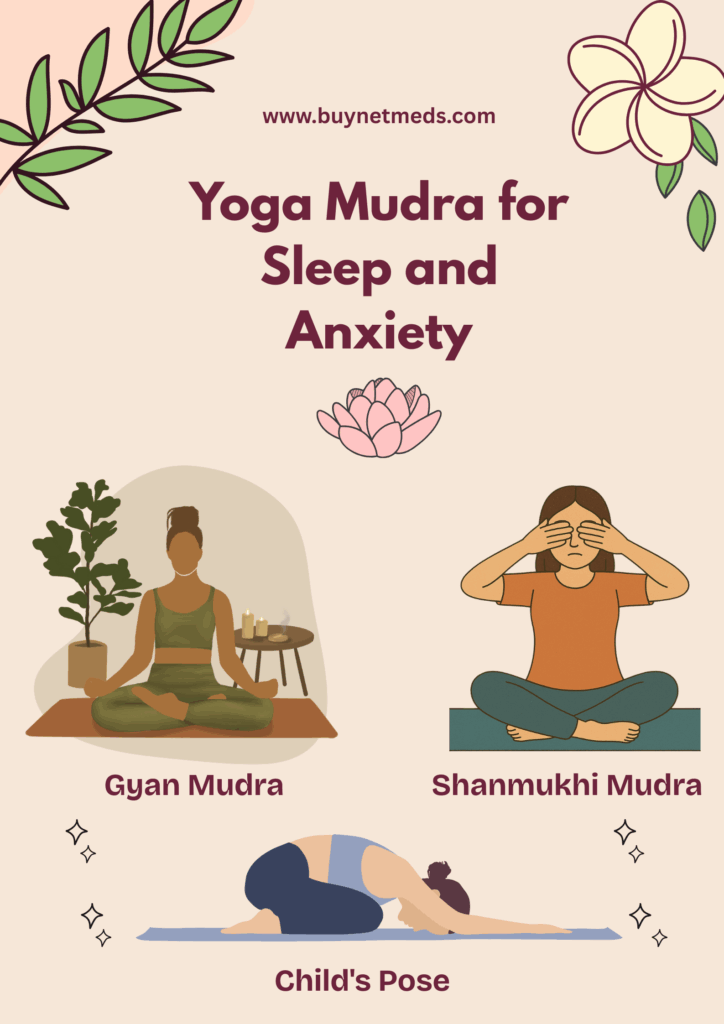
Gyan Mudra: In Gyan Mudra, rest your thumb on your index finger, without curling the other fingers. This hand movement calms the mind, sharpens your attention, and helps you fall asleep.
Shanmukhi Mudra: Close your eyes and then rest your fingers on them: thumbs go at the ears, index at the eyelids, middle at the nostrils, ring above the lips, little below the chin. When you practice this mudra, you tune out all outside noise and feel deep harmony inside.
Prana Mudra: Align the tips of your thumb, ring finger, and little finger, while leaving the others straight. This helps keep your energy steady, reduces your tirednes,s and helps to calm your mind, so you sleep more soundly.
At least five to ten minutes daily, practice the mudras with deep breathing for the best rewards. They help people relax and improve their health without the use of drugs.
Yoga Breathing Exercises (Pranayama) for Anxiety Relief
Sometimes, role-playing yoga can help you relieve anxiety and insomnia. Staying with your yoga routine will make you less stressed and help you get better, more restful sleep.
Yoga breathing exercises for anxiety
You can relax your mind, boost your happiness, and improve sleep by inhaling for 4 seconds, holding your breath for 7 seconds, and then exhaling slowly for 8 seconds. Keeping up with this cycle soothes your nervous system and makes you feel at ease. People have found that the 4-7-8 method, a common name for this exercise, is suitable for relaxing before sleeping or dealing with stress all day.
Alternate nostril breathing is also a good way to experience an extra sense of balance. Shut one nostril and breathe in with the other, then close that nostril and breathe out with the other. When you use this method, certain areas of your brain get more active and calm your mind, so you stay centered. It’s an excellent method to lower racing thoughts and return your attention to your breath.
Bhramari is another useful technique that is called by many “bee breath.” After you take a deep breath, release it while softly humming, like a bee’s sound. The soft tapping encourages your parasympathetic nervous system to work which helps relax you and clean your mind of worries. If you’re feeling stressed, anxious or have trouble sleeping, try these breathing techniques to find relief and calm quickly.
Combining Yoga with Medical Treatments
Yoga complements anxiety and insomnia medication by helping to relax people, cutting down their stress hormones, and improving their thinking. Some experts believe that using medication and yoga at the same time gives relief from both the body and the mind, and this lasts longer as well.
Consistent yoga sessions help people fall asleep much more easily, so they need less help from sleep aids. These techniques support calming your nerves so you can fall and stay asleep more easily, without medication.
Several studies and case studies have shown that yoga helps treat anxiety, panic attacks, and stress. Individuals recovering from addiction say they have less mental stress and fewer symptoms if yoga is included in their treatment.
Short & Effective Yoga Practices
10-Minute Yoga for Anxiety & Relaxation
It’s possible to feel less anxious, more relaxed, and calmer after following this gentle yoga sequence for only 10 minutes. You can call on it at any time to help yourself relax.
10-Minute Yoga Nidra for Sleep & Anxiety
A guided practice meant to relieve tension, ease your mind, and help you get more rest. Relax, get settled, and stop worrying as you enjoy the music.
Wind Down with Evening Yoga
A slower, calm yoga practice to relax you before bedtime. Relaxing stretches or easy positions will help ease tension and prepare you for bedtime.
Popular Yoga Programs & Additional Tips
Beginners will benefit from Vinyasa’s smooth movements, learn key poses with Hatha yoga, and stretch deeply with Yin yoga. Exercise daily, focus on breathing, and watch your movements to perform your best.
Sleep Yoga with Adriene: Watch Adriene’s soothing yoga routine at night to help smooth your way to restful sleep. With gentle actions, they relax your body and make it easier for you to sleep.
Guided Bedtime Yoga: Research shows that guided bedtime yoga greatly helps improve your sleep. You will focus on gentle stretches, conscious breathing, and relaxing exercises, perfect for someone with sleep problems.
Simple Lifestyle Adjustments: You can rest better every night by drinking less caffeine and avoiding television and phones before sleeping. After some time, the simple changes can help you relax during rest.
FAQs on Yoga for Anxiety & Insomnia
Which yoga is best for insomnia and anxiety?
Try doing Hatha or Restorative Yoga, which focuses on easy-to-do postures and long, restful breathing to help relax your mind. Yoga Nidra and Pranayama can be beneficial if you want something relaxing. They can be a way to let go of stress, help you relax deeply, and achieve better, natural sleep.
How to stop anxiety and insomnia?
When you practice yoga, you calm your mind and can sleep more soundly. As the day ends, stretch a little, breathe deeply, and relax your thoughts. You can get a better rest each night by including yoga at night. For a better night, skip the TV and computers at night and reduce your caffeine intake in the evening. Any health issues that keep coming back should be discussed with your doctor.
Which yoga is best for deep sleep?
If you want to fall asleep faster, try the Legs-Up-the-Wall, Child’s Pose or Corpse Pose. Doing these movements lowers anxiety, helps you manage stress and makes the body ready for sleep. Doing Pranayama on each exhale encourages a deeper sense of relaxation and may lead to an improved night’s sleep. To see the most significant benefits, try doing these poses right as you prepare for rest.
Which yoga is best for long-lasting in bed?
Performing Mula Bandha, Bridge Pose, and Cat-Cow Pose can support improved pelvic muscles, a greater ability to last longer, and a healthier sex life. They help improve blood flow, enhance your muscles’ strength, and enhance relaxation, which matters for healthy sex and lasting longer. Ideally, you should practice each day or every other day.
What vitamins are good for sleep and anxiety?
Using vitamins specifically may make you feel calm and rest better at night. Your body relaxes and your sleep improves when you have enough magnesium. Vitamin D can lift your mood, and B6 and B12 are included in brain health. Also, including these vitamins in your meals might help combat the inflammation associated with stress and anxiety. You should talk to your doctor before introducing any supplements into your diet.


